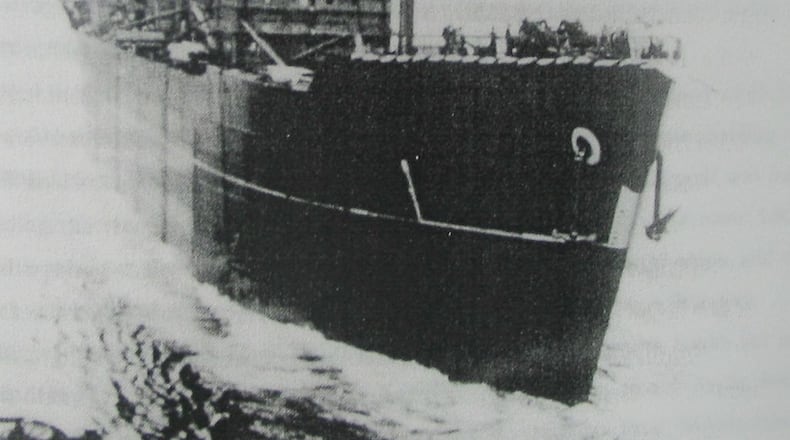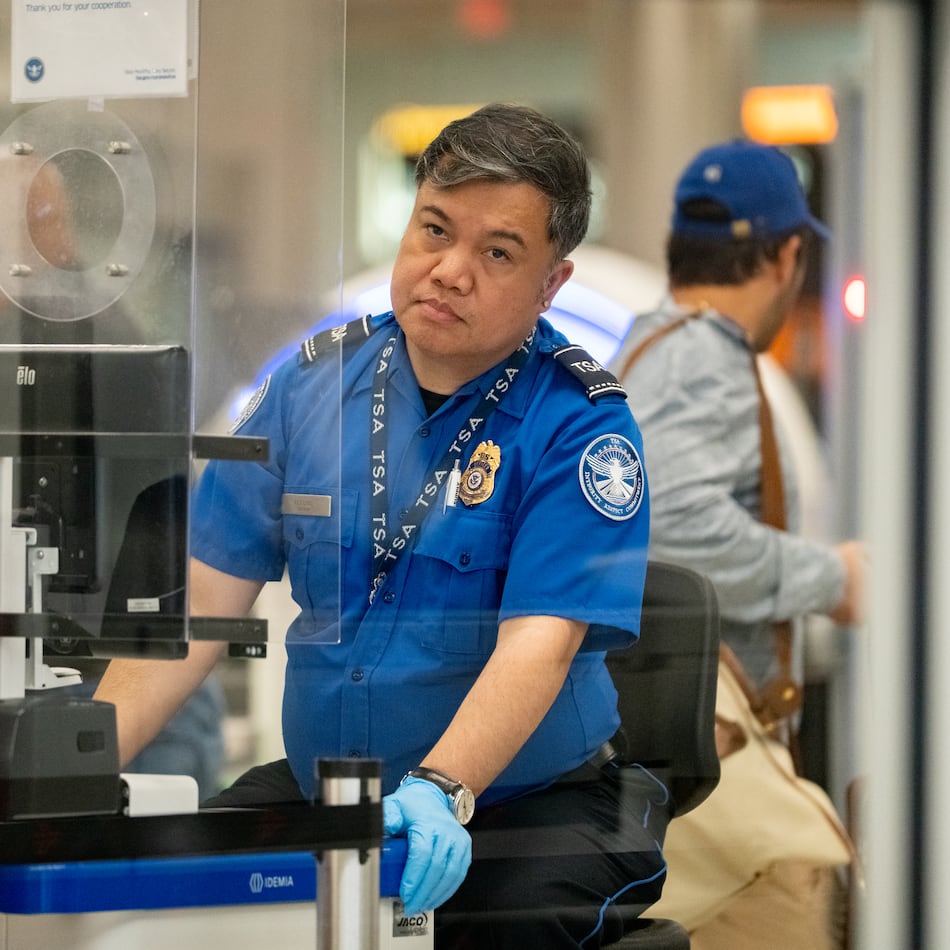Eighty years ago, on Oct. 24, 1944, Pvt. Ray G. Swanson from Acworth sailed toward Japan aboard a ship called the Arisan Maru. Crammed into the ship’s cargo hold with him were nearly 1,800 other Allied prisoners of war, including 25 fellow Georgians.
These soldiers hailed from across the state and represented multiple military branches. Staff Sgt. Thomas R. Hicks from Atlanta belonged to the famed Fourth Marine Regiment. Staff Sgt. Thomas W. Fortune from Douglas was in the Army. Capt. Blueford F. Daniel from Hogansville served in the Army Air Force, and Rhine native William T. McCrainie was in the Navy.
The Georgians were also survivors. Most had endured the notorious Bataan Death March and then more than two years in brutal POW camps in the Philippines. But now, the sight of American airplanes over Manila signaled a shift in the tide of war.
Forces under General Douglas MacArthur landed in the Philippines just four days earlier in a massive amphibious assault. MacArthur fulfilled his famous promise: “I shall return.” Liberation seemed just weeks or months away.
The Georgia soldiers aboard the Arisan Maru
1. Benjamin Franklin Autrey
2. Donald Barden
3. Cephus L. Carmichael
4. Edgar H. Carter
5. Kirby O. Copeland
6. Paul Craft
7. Blueford Fowler Daniel
8. Luther E. Fillyaw
9. Thomas Willis Fortune
10. Elton Grayson
11. Carl R. Harrell
12. Albert Felix Herren Jr.
13. Thomas Randolph Hicks
14. Samuel J. Hill
15. Albert J. Jackson
16. Jack L. James
17. Thomas J. Keaton
18. John T. Leonard
19. William Thomas Mc Cranie
20. Tommy G. Oden
21. Clifford W. Owenby
22. Johnnie W. Palmer
23. Tommy S. Sears
24. Ray G. Swanson
25. Crawford M. Tidwell
26. James D.T. Tompkins
What the sick, starving POWs locked inside the Arisan Maru didn’t know was another Georgian, 23-year-old Claude A. Barton Jr. from Atlanta, was aboard a submarine nearby. Minutes later, a torpedo fired from Barton Jr.’s submarine, the Shark II (SS 314), would fatally cripple the Arisan Maru.
A staggering 1,791 of the 1,800 POWs died in the explosion or during the hours that followed. Sadly, all 26 Georgians perished. This little-known tragedy remains the deadliest friendly fire incident in U.S. military history. It’s time we remembered these brave soldiers.
Only nine POWs on the Arisan Maru survived. Japanese ships recaptured four from the ocean. The other five miraculously floated 250 miles to China, where sympathetic villagers nursed the men back to health and helped them reach a remote American base.
Meanwhile, Barton and his 86 fellow submariners suffered a fate that made the tragedy even worse. The Shark II didn’t survive the Oct. 24 encounter — sunk by a devastating depth charge attack that sent the submarine to the bottom of the South China Sea. The Japanese destroyer Harukaze announced the kill in a radio message, which U.S. radio spies in Hawaii intercepted and quickly decoded.
Vice Adm. Charles Lockwood, commander of Submarine Force, Pacific Fleet, documented the Shark II sinking in a Nov. 27, 1944, memorandum. Lockwood’s memo suggested that instead of fleeing the scene, the Shark II “may well have been sunk while attempting to rescue American prisoners of war.” Any effort to save POWs floating in the ocean, while heroic and noble, proved fatal.
Eighty years later, the U.S. government still calls the Arisan Maru sinking a tragic accident. But declassified records blur the line between accidental and intentional. American code breakers knew the locations, destinations and cargos of Japanese ships in 1944. They secretly passed details to Submarine Command, which then directed submarine skippers precisely where to attack.
As heartless as it seems now, the decision to sink the Arisan Maru must be considered in context. American submarines attacked the Japanese convoy with devastating effect, sinking several ships. If submarines had left one ship unmolested — the one carrying 1,800 POWs — then Japanese military leaders could realize their code had been broken and quickly change it. A new code could extend the war by months or even years. Tens or hundreds of thousands more soldiers would have died, along with countless civilians.
As we mark the 80th anniversary of this grim chapter of American history, may we remember Ray G. Swanson, Claude A. Barton Jr. and all the Georgians who gave their lives on the Arisan Maru and Shark II. Let us honor and be worthy of the price they paid for freedom and democracy. Their sacrifices, like those of so many others, demand nothing less.
Jeff Langholz is co-author of “Hold Strong,” a new historical fiction book about the Arisan Maru tragedy that includes 478 endnotes documenting the true underlying story.
About the Author
Keep Reading
The Latest
Featured



